Our next article will dive more in-depth into the topic of the best trail-running shoes. As we said before, shoes are the number one gear consideration for trail running. All the backpacks, water bottles, and first-aid kits won’t matter if you are running barefoot in the snow!
We will cover five different running shoes, a quick overview of them, and some pros and cons we see in them. No two shoes are the same, and no two people have the same needs or comfort levels when it comes to shoes. The best thing you can do is try some of these out for yourself at your local sporting goods store and find your best fit!
- Norda 001 RZ

The Norda 001 RZ is first on our list for many reasons. Norda as a brand has built its entire product line around trail running and hiking. The 001 RZ was designed by runners, for runners. It was a collaboration inspired by the Mountain Boomer collared lizard and made to handle just like a lizard on any terrain.
Pros:
- One-Piece Upper Construction - This means the upper of the shoe is one piece, meaning less eams to wear out and break, giving you long life out of the shoes
- Lightweight Vibram Sole - Vibram is an industry leader in soles, the light weight construction means less strain on your legs for longer runs
- Vibram Sole Plate - The sole plate has deep ridges and rugged construction able to take on any trail you throw it’s way.
Cons:
- Price - Some entry-level runners may not be willing to jump in at the price point these shoes start at
- Lack of Color Options - These shoes are a collaboration and come in one color choice, if customization of colors is important, these may not be for you. Update:Norda now has over 4 colour options available on site now. The RZ 001 was a limited Edition collaboration for the impossible2possible.com Foundation)
- S/LAB PULSAR

The S/Lab Pulsar is a great option made by a well-known company. Salomon is a leader in outdoor gear of all kinds. Specializing in all types of outdoor activities, this shoe was designed after extensive research on running trails, and running them fast.
Pros:
- Sock-Like Fit - The ankle area of the shoe is a lightweight mesh material made to hug the foot much like a sock. This helps combat discomfort or injury coming from feet shifting within the shoe.
- Breathable Upper - With the entire upper being made of proprietary mesh material, you are able to have a breathable shoe without sacrificing durability
- Precise, Curved Sole - The sole of this shoe has a unique curve allowing for better dynamics with each step and forward propulsion to navigate the trails quickly.
Cons:
- Minimum Cushion - The minimum cushion of this shoe allows for slightly more reverb up the leg when running, meaning some runners may experience discomfort or soreness early on.
- Running Terrain - Salomon rates this shoe for “Road and Mixed Terrain” style runs. For some, a run through the woods is all they need, but these shoes are not rated best for icy, snowy, muddy, or rocky conditions.
- Hoka Speedgoat 4

When making the Speedgoat 4, Hoka had one thing in mind, speed on the trails. Designed for a professional athlete, they made sure these shoes provided traction without sacrificing speed.
Pros:
- MEGAGRIP - Hoka’s proprietary sole construction promises traction on the uphill and control on the downhill. THey used Vibram soles with deep set lugs to provide an off-road traction pattern ready for any terrain.
- 3D Printed Overlay - The uppers contain a 3D PRinted overlay that ensures this shoe hugs your foot where it counts, providing increased support and comfort.
- Width Options - No two feet are the same, there are regular width shoes, and wide shoes. This shoe comes in both options ensuring that everyone can find the most comfortable fit.
Cons:
- Comfort - It offers a neutral cushion in order to provide weight reduction and stability. Some runners may feel discomfort from the lack of highly cushioned shoes.
- Weight - While still lightweight as far as everyday shoes go, this shoe is 10.8oz, which for trail running shoes, may be heavier compared to other options.
- Saucony Peregine 11

Saucony has a longstanding name amongst any kind of runners. They specialize in specific shoes for runners on any terrain. This shoe offers a great starting point with a well-known brand for trail runners without breaking the bank.
Pros:
- Sticky Sole - The traction the sole provides gives runners confidence when they feel the tack of the sole meet the ground while providing longevity to the shoe, meaning it will be a favorite for years of trail running.
- Rock Plate - Saucony included a rock plate under the sole, this provides the runner with a flexible layer of protection. This nylon layer ensures the bottoms of your feet will be protected from any hazards on the trail.
- Padded Uppers - The uppers of this shoe provide more layers of protection while trying to maintain weight reduction. The uppers are padded for comfort and protection from snags and punctures.
Cons:
- Heel Tightness - A few runners have experienced a lack of tightness or “sock-like fit” around the heel, leading to soreness and possible injuries from foot shifting.
- Snowy Conditions - While the treads and lugs are built for trails, they do not provide added traction qualities on ice and snow.
- Brooks Catamounts

Brooks is another well-known brand amongst the trail running community. The Catamount lives up to the name and is a great option for trail runners looking to break the sound barrier in speed.
Pros:
- TrailTack - Brooks used a unique proprietary rubber compound when developing the soles, giving users a stickiness to the ground and added wet weather traction.
- DNA FLASH Foam - Brooks promises a responsive run, with materials that adapt to your unique stride, giving you a mutually beneficial relationship with your running shoe.
- Rock Plate - The Catamount also offers a rockplate between the outer and mid sole, providing flexible protection from protruding rocks or other hazards on the trail.
Cons:
- Sizing - Many runners have reported more play in the sizing length wise, allowing for shifting of the foot in the shoe. This can lead to injuries or soreness if you do not take the time to find the right fit for this specific shoe.
- Stiffness - Another complaint is the stiffness in the shoe. A lack of flexibility can definitely be an issue while traversing switchbacks and obstacles, not to mention soreness in the foot.
There are hundreds of options when it comes to trail running shoes, and in a lot of ways it is a trial and error game. Always ensure that you can test the shoe out, and test the fit, not all sizing is the same and finding a shoe that hugs your foot without constricting is important. Balancing that with flexibility and durability can be intimidating. Remember, hitting the trails is fun, and in many ways is different for every person. These shoe options can give runners in any budget a great starting point. Also, if your shoe does not seem to grip the snowy or icy conditions very well, but is otherwise the perfect choice, consider adding a pair of Yatta Life Spikes to make the all around perfect trail running shoe!
Photo by Jeremy Lapak on Unsplash
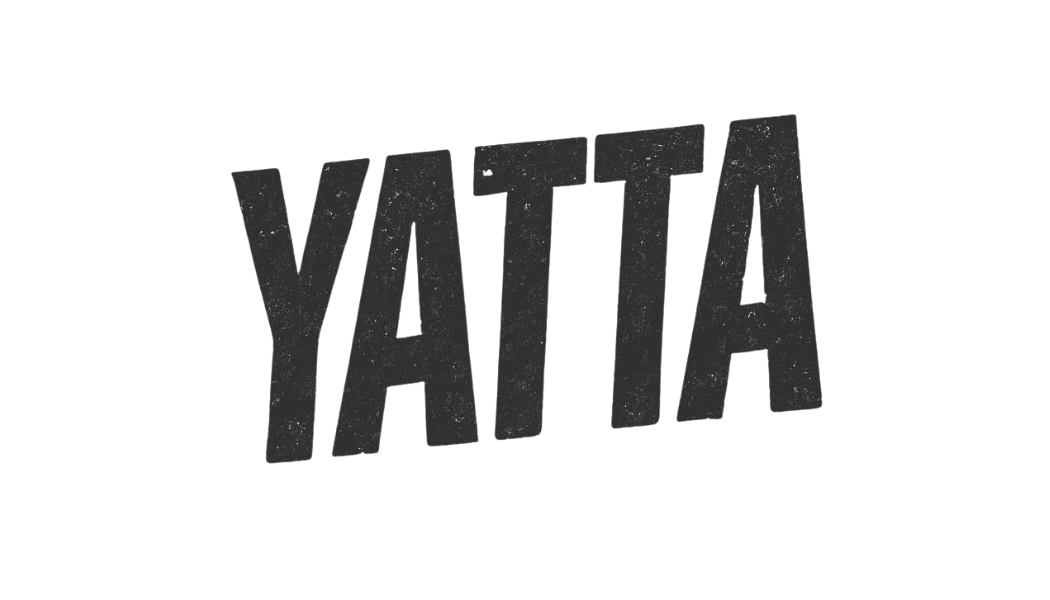
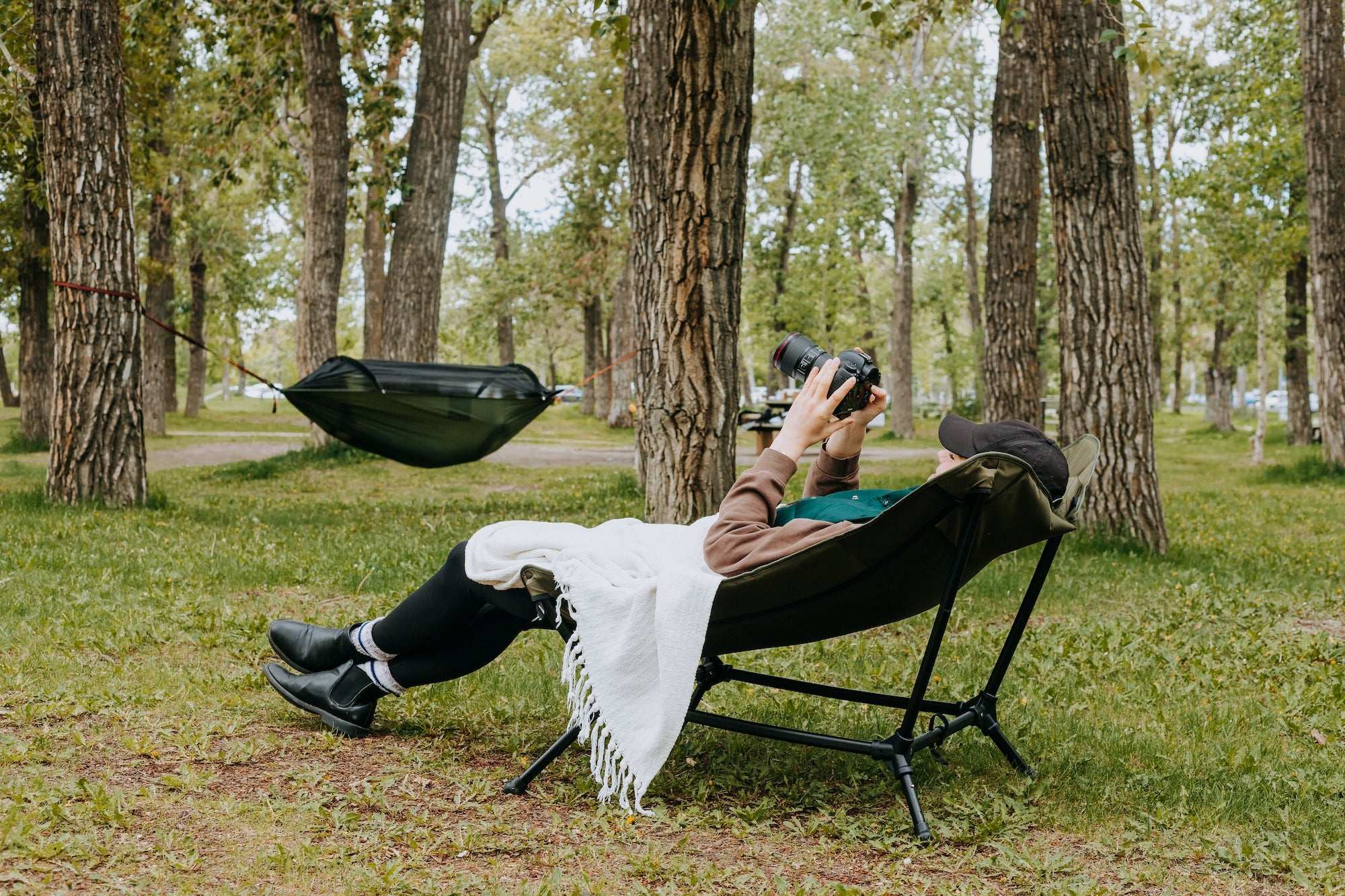
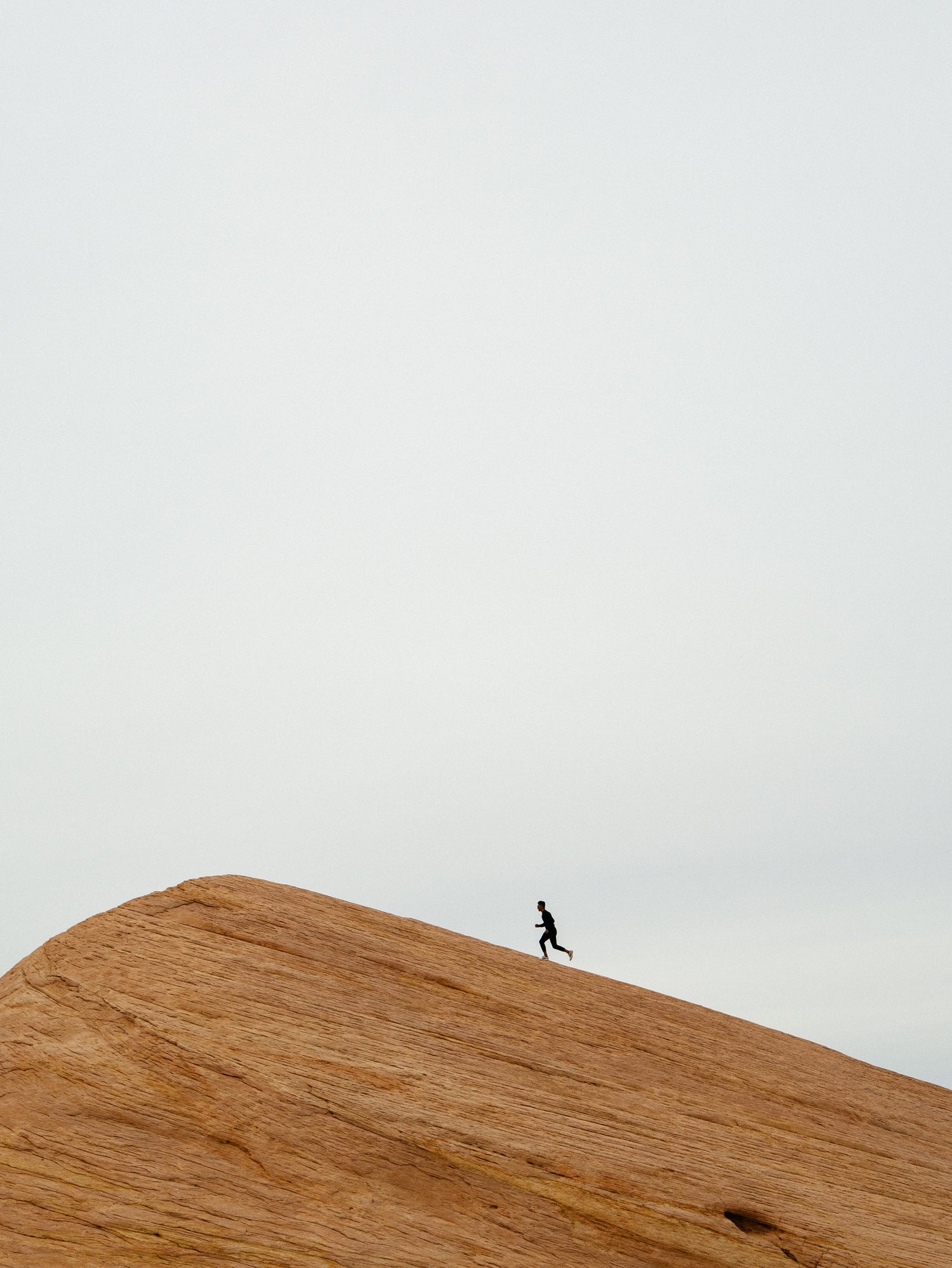
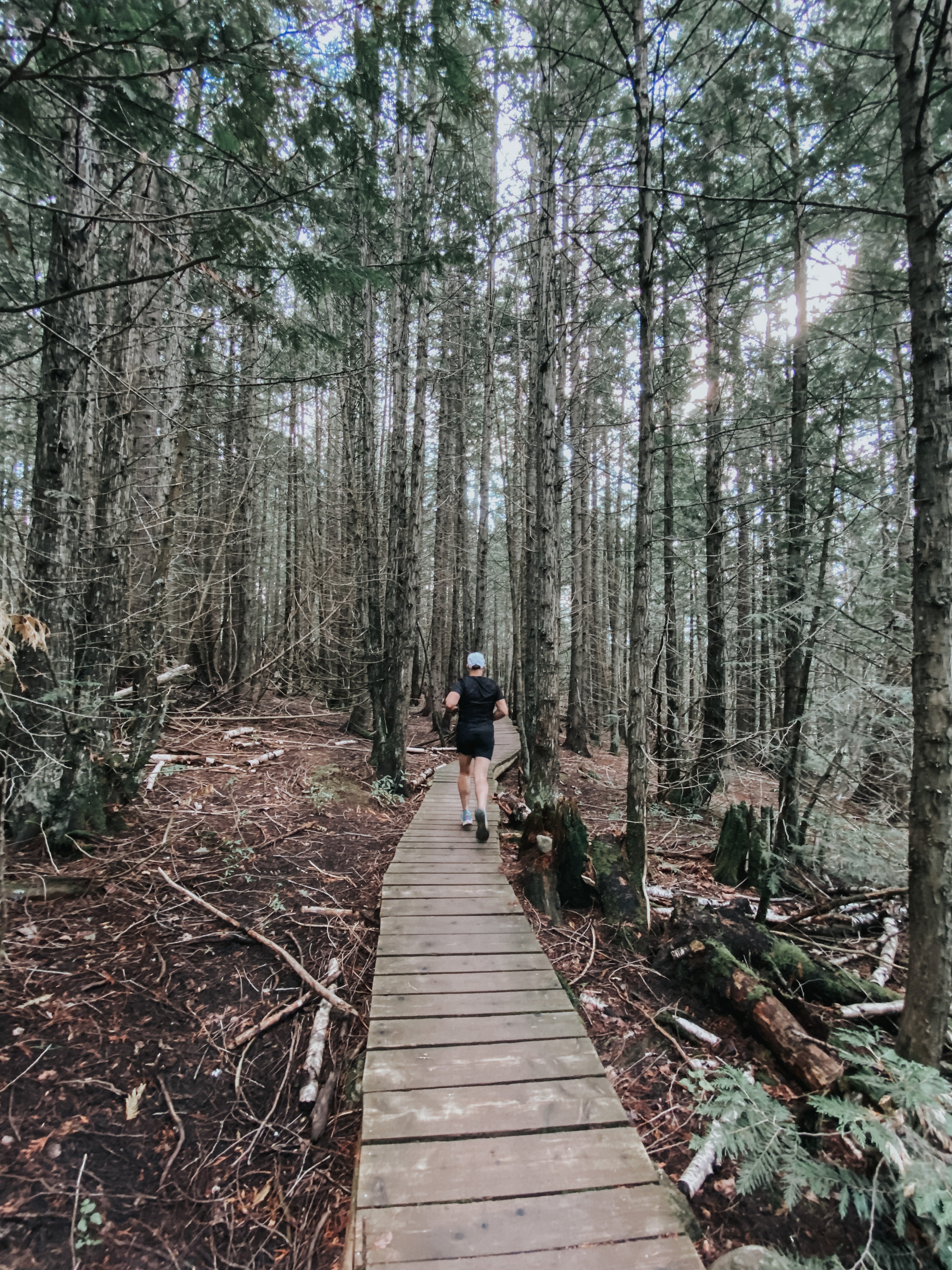
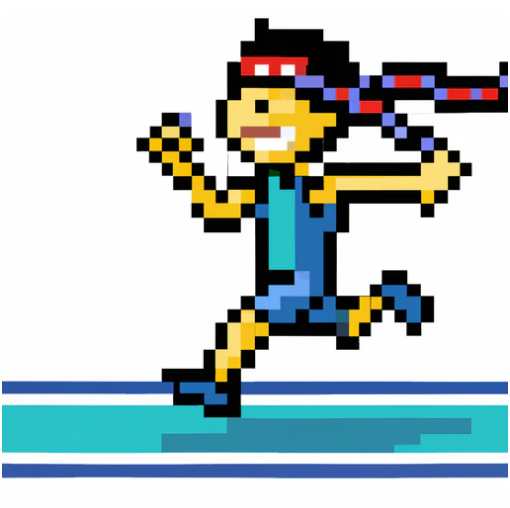
Leave a comment
All comments are moderated before being published.
This site is protected by hCaptcha and the hCaptcha Privacy Policy and Terms of Service apply.